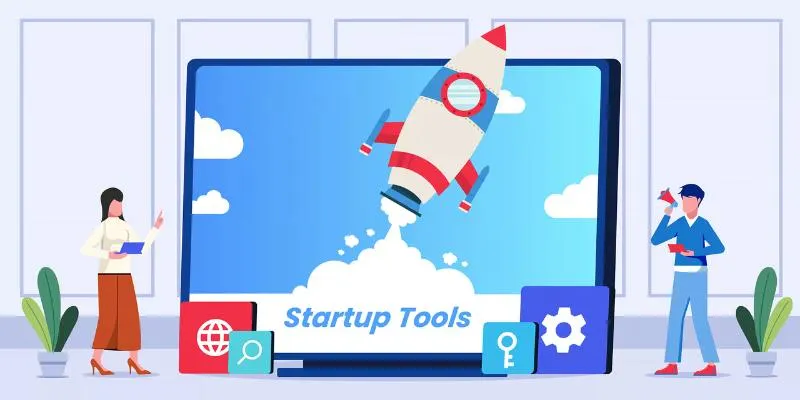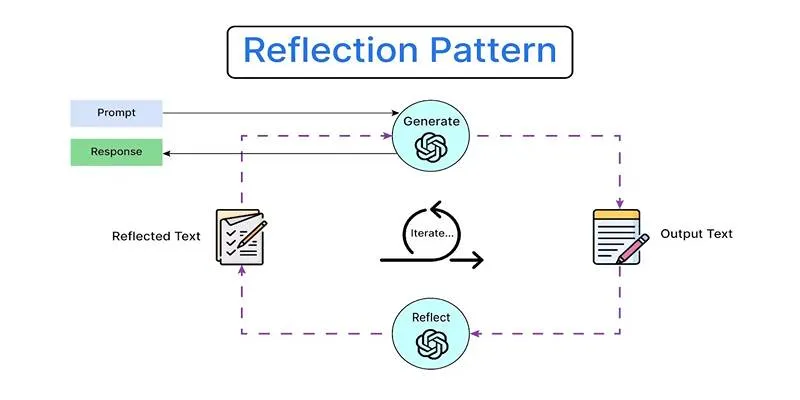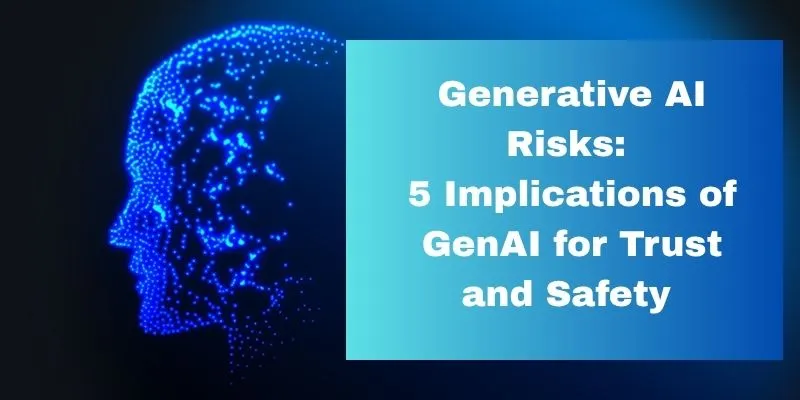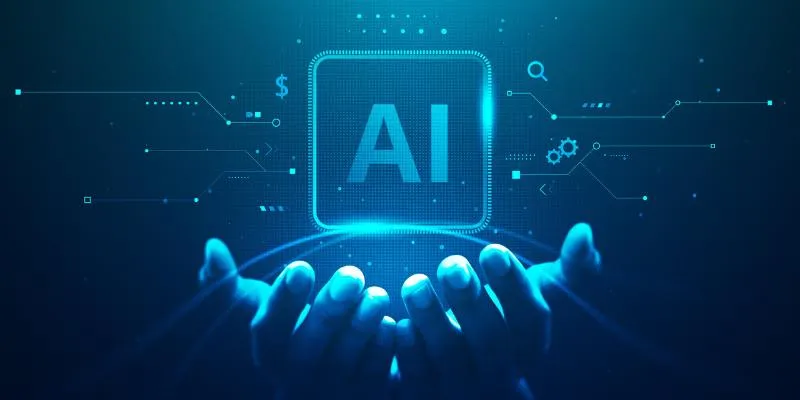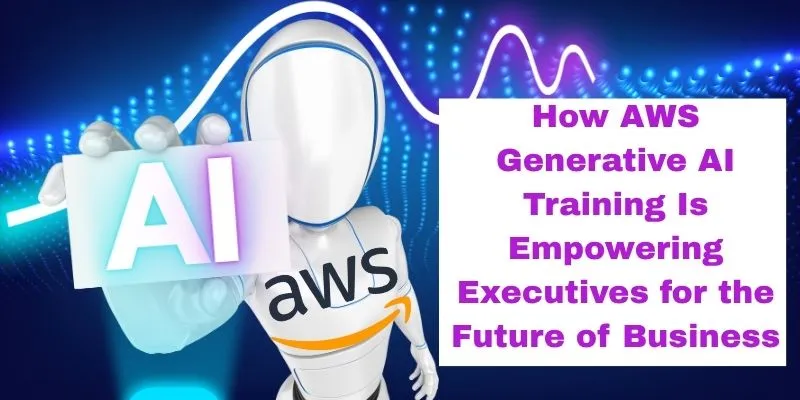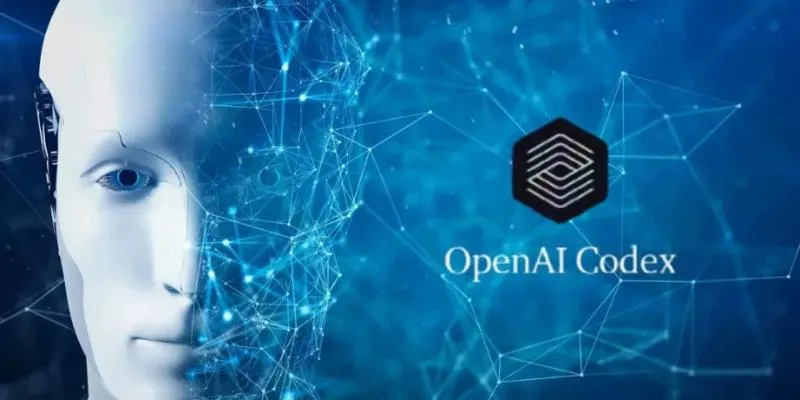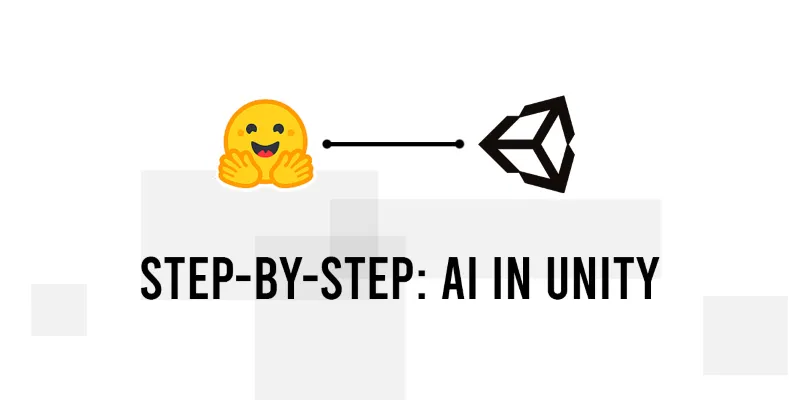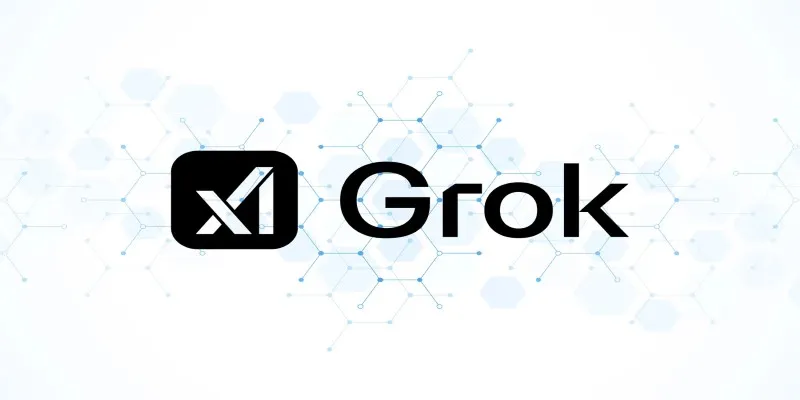Salesforce has introduced its Agentic AI Adoption Blueprint, a guide designed to help businesses integrate agentic artificial intelligence into their daily operations responsibly and effectively. Rather than relying on vague promises or technical jargon, the blueprint provides clear steps for organizations aiming to go beyond basic automation.
With many companies already experimenting with chatbots and predictive tools, this blueprint addresses how to move toward intelligent, autonomous systems that can act independently while staying accountable. It offers businesses a structured approach to adopting these advanced capabilities without losing sight of transparency, trust, and human oversight.
Understanding Agentic AI and Its Importance
Agentic AI refers to systems that can perform tasks and make decisions independently based on goals defined by humans. Unlike traditional automation, which follows preset rules, agentic AI can adapt to changing conditions, respond intelligently, and execute complex sequences without requiring constant input. These qualities make it more than just another efficiency tool. It can reshape how teams operate by taking over time-consuming decisions, freeing up individuals to focus on areas requiring creativity and judgment.

Salesforce frames agentic AI as a natural progression beyond the early waves of AI adoption. Initial tools managed narrow tasks like predicting trends or answering customer queries. Agentic AI takes this further by anticipating needs and responsibly acting on them. For instance, it can manage onboarding workflows, monitor supply chains for disruptions, adjust plans in real time, or resolve service tickets end-to-end.
However, Salesforce stresses that agentic AI works best when deployed with a clear understanding of its limits and a commitment to oversight. Companies need systems that not only act but also explain their actions and operate within defined guardrails. The blueprint places equal weight on governance, data quality, and cultural readiness as it does on technology.
Key Components of the Agentic AI Blueprint
The Agentic AI Adoption Blueprint lays out a structured path that aligns with how organizations typically introduce and scale new capabilities. It starts with assessing readiness and identifying where agentic systems can deliver the most value. This involves pinpointing areas where employees are stretched or where existing processes heavily depend on human coordination but could benefit from autonomy.
Importance of Data
The next focus is data. Agentic AI relies on reliable and well-organized data to make informed decisions. Without clean and complete data, even the most advanced system will struggle to function effectively. The guide recommends that businesses audit their data pipelines, address gaps, and establish clear accountability for ongoing data maintenance, ensuring the system’s foundation is strong before deployment.
Choosing and Maintaining Models
Choosing and maintaining the right models comes next. Agentic systems are built on a mix of large language models, reinforcement learning, and domain-specific algorithms. These need to be tailored to the organization’s use case and tested carefully before scaling. The blueprint explains how to monitor these models over time to prevent drift and maintain alignment with goals and regulations.
Trust and Governance
Trust and governance are at the heart of Salesforce’s approach. The blueprint outlines how to define which actions agents can take autonomously and where human approval remains necessary. It encourages companies to maintain decision logs that can be reviewed if outcomes are questioned, creating transparency and accountability. This not only builds trust internally but also helps meet external expectations from customers and regulators.
Benefits and Challenges of Adoption
Salesforce acknowledges that adopting agentic AI presents challenges. One of the biggest is organizational resistance. Workers often fear that automation might replace them or lead to decisions lacking empathy. The guide advises leaders to be clear about the purpose of agentic AI — to support employees, not sideline them — and to provide training so staff can work effectively with these systems.

Technical hurdles are another consideration. Many organizations still operate on fragmented, outdated platforms that make integration difficult. The blueprint suggests taking a phased approach, introducing agentic features step by step while modernizing supporting infrastructure.
Despite these hurdles, the potential benefits are substantial. Businesses can reduce operational costs by automating repetitive processes more intelligently, improve accuracy by cutting down on human error, and respond more quickly to customers and market shifts. Perhaps most significantly, employees can shift their focus to areas that require judgment, creativity, and personal interaction — tasks that AI is not designed to handle.
What sets this guide apart from others is its practical tone. Instead of painting agentic AI as a magic solution, it presents a balanced picture of its possibilities and limitations, making it more credible and usable for businesses at different stages of AI maturity.
The Road Ahead
The release of Salesforce’s Agentic AI Adoption Blueprint comes at a time when businesses are looking for reliable ways to scale their AI initiatives. Many have tried chatbots, analytics, or content generation tools in isolation. Moving beyond these pilots to fully autonomous systems is a much bigger step. It requires planning, steady implementation, and trust in both the technology and the people managing it.
When implemented thoughtfully, agentic AI can transform business operations, improving efficiency while keeping humans in charge of critical outcomes. Salesforce’s blueprint provides a roadmap that balances ambition with caution, helping organizations set achievable goals and avoid common pitfalls.
Conclusion
Salesforce’s blueprint frames adoption as a continuous journey, rather than a one-off fix, promoting a grounded and lasting approach to agentic AI. Businesses that prioritize solid data practices, clear oversight, and transparency stand a better chance of success while earning employee and customer trust. As AI shifts from trial projects to routine use, guides like this help organizations stay focused on building systems that are intelligent yet reliable, purposeful, and aligned with human goals. Companies willing to invest in these foundations now can create workplaces where humans and agentic systems collaborate effectively, complementing each other’s strengths for better outcomes and more meaningful work.
 zfn9
zfn9

